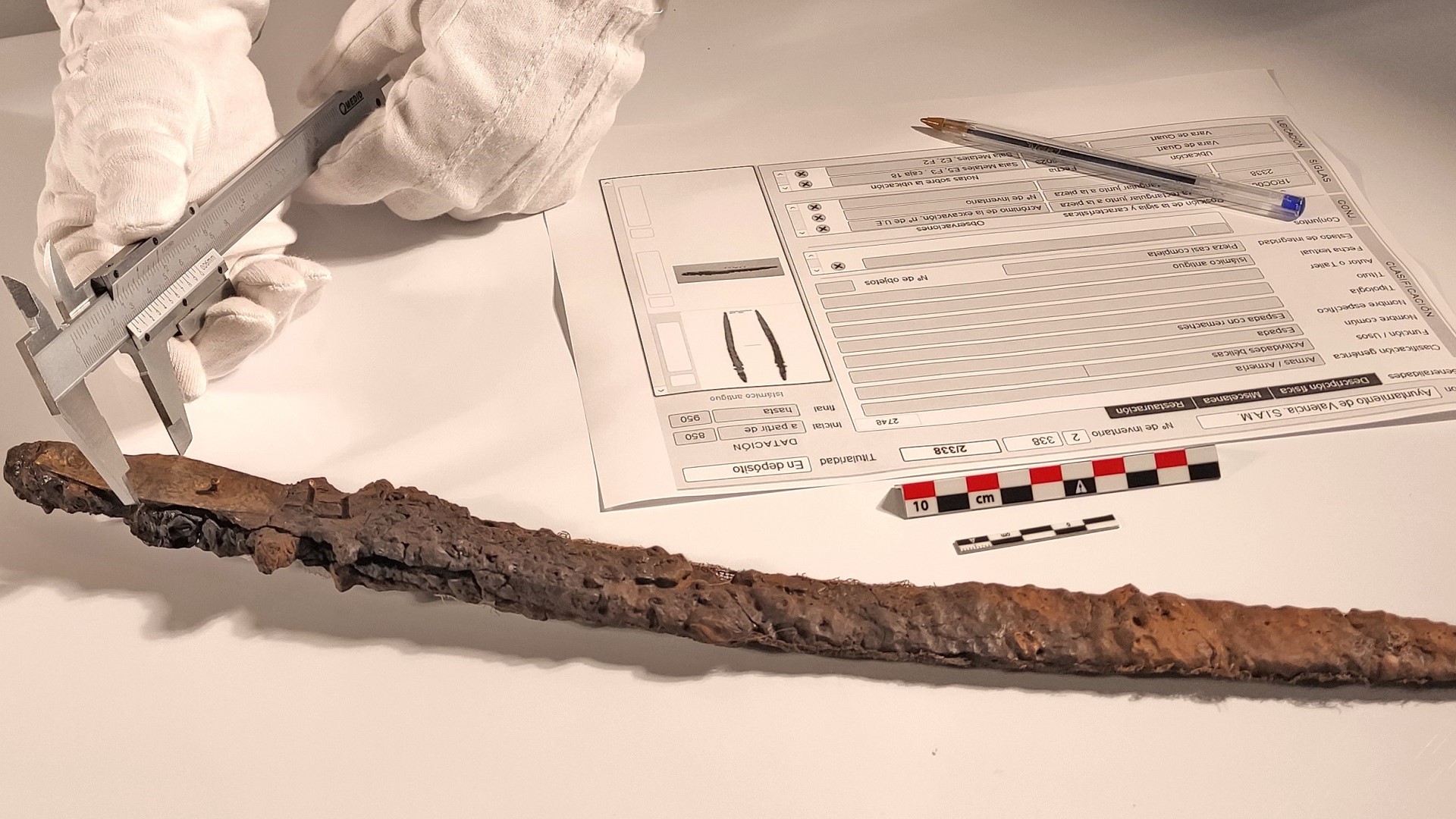Antibiotics, Vol. 12, Pages 316: Influence of Skin Commensals on Therapeutic Outcomes of Surgically Debrided Diabetic Foot Infections—A Large Retrospective Comparative Study
Antibiotics doi: 10.3390/antibiotics12020316
Authors: Ilker Uçkay Dan Lebowitz Benjamin Kressmann Benjamin A. Lipsky Karim Gariani
In diabetic foot infections (DFI), the clinical virulence of skin commensals are generally presumed to be low. In this single-center study, we divided the wound isolates into two groups: skin commensals (coagulase-negative staphylococci, micrococci, corynebacteria, cutibacteria) and pathogenic pathogens, and followed the patients for ≥ 6 months. In this retrospective study among 1018 DFI episodes (392 [39%] with osteomyelitis), we identified skin commensals as the sole culture isolates (without accompanying pathogenic pathogens) in 54 cases (5%). After treatment (antibiotic therapy [median of 20 days], hyperbaric oxygen in 98 cases [10%]), 251 episodes (25%) were clinical failures. Group comparisons between those growing only skin commensals and controls found no difference in clinical failure (17% vs. 24 %, p = 0.23) or microbiological recurrence (11% vs. 17 %, p = 0.23). The skin commensals were mostly treated with non-beta-lactam oral antibiotics. In multivariate logistic regression analysis, the isolation of only skin commensals was not associated with failure (odds ratio 0.4, 95% confidence interval 0.1–3.8). Clinicians might wish to consider these isolates as potential pathogens when selecting a targeted antibiotic regimen, which may also be based on oral non-beta-lactam antibiotic agents effective against the corresponding skin pathogens.

 1 year ago
29
1 year ago
29


